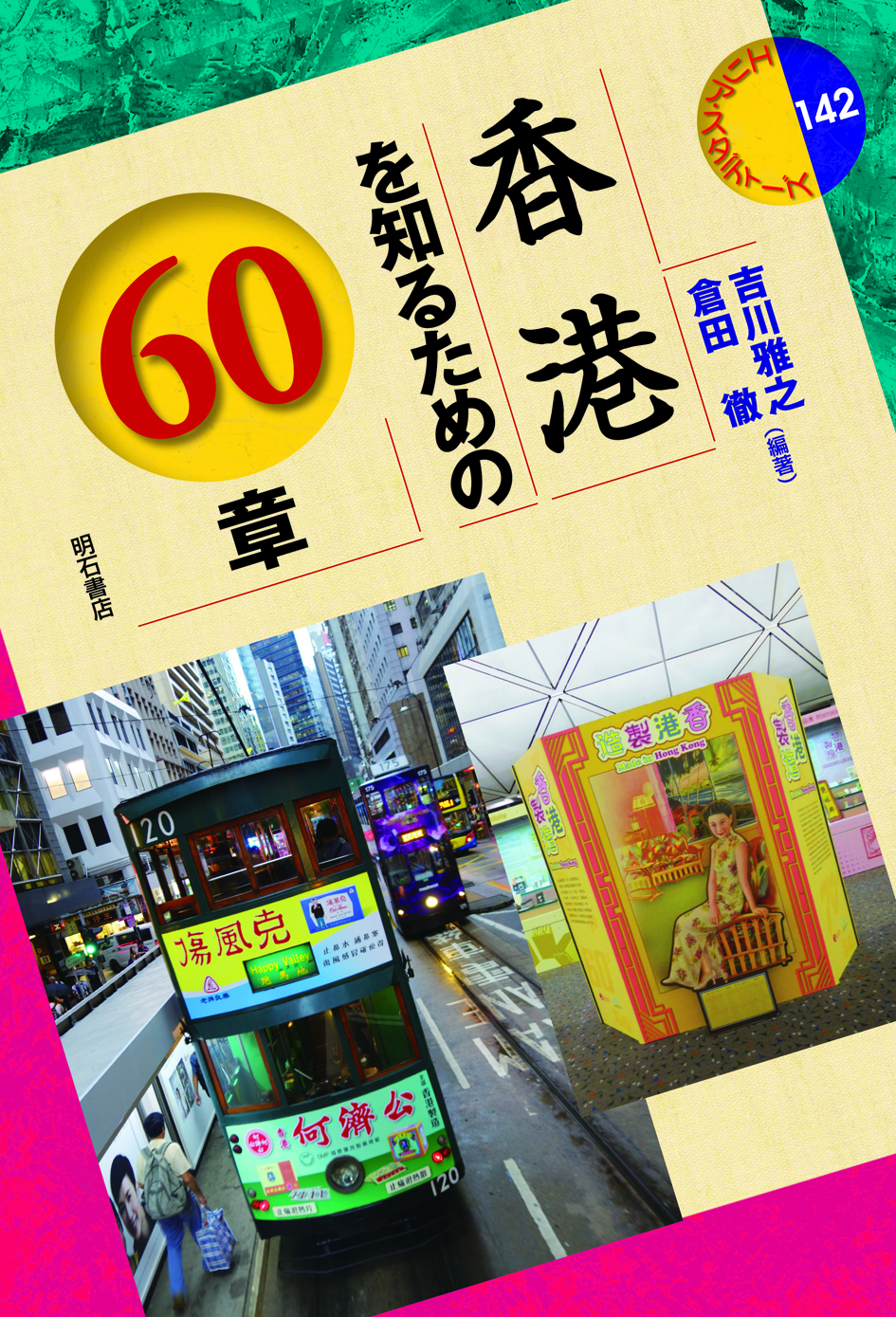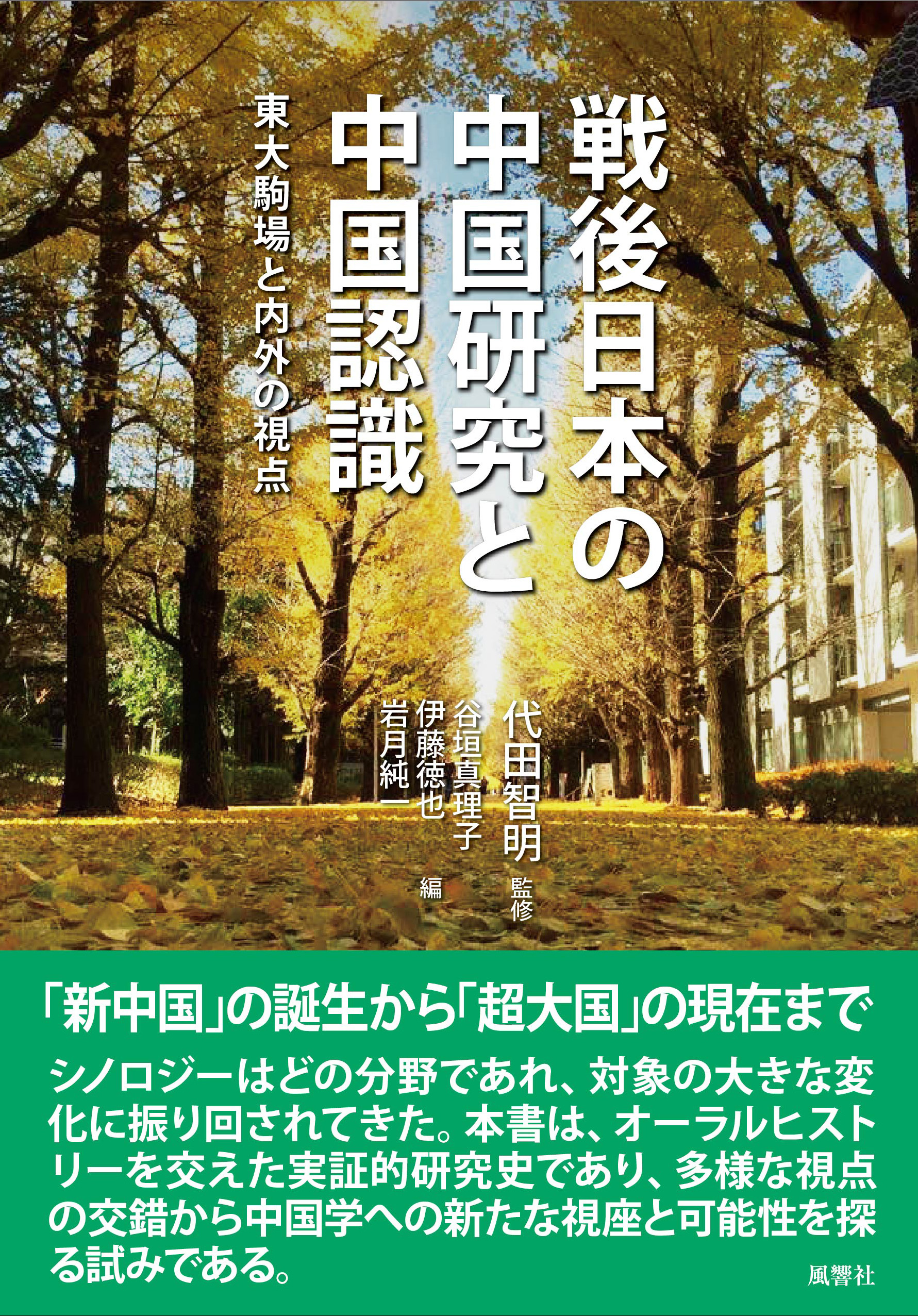
Title
Hong Kong Etsugo (An Introduction to Hong Kong Cantonese: Basic Words)
Size
240 pages, A5 format
Language
Japanese
Released
May, 2015
ISBN
978-4-86398-168-3
Published by
Hakuteisha
Book Info
See Book Availability at Library
Japanese Page
This book was published in 2015 as a volume of the Cantonese textbook series “An Introduction to Hong Kong Cantonese,” whose first volume was published in 2001, written by the author of this introduction. As indicated by the title, this is a vocabulary book, written primarily with the beginner in mind, and the aim is to allow the learner to experience what kind of a language Cantonese is through the practice of 1300 basic words.
As indicated by the section “Book structure,” words are classified minutely into genres, each genre is assigned a page, and 10 “basic words” from a particular genre are listed on the left-hand side, accompanied by “basic words’ usage examples,” including compound words or phrases, on the right. All of the basic words and examples are indicated with Chinese characters and pronunciation notation (roman characters), accompanied by a Japanese translation. The enclosed CD-ROM contains recordings from a professional native-speaker narrator. Moreover, the “Vocabulary index” at the end of the book contains word forms that appear only in examples, so in total there are over 2000 words available for practice. This kind of structure is common among vocabulary books in Japan, but this book contains three characteristic features.
Firstly, two types of pronunciation notation are shown, a consistent approach adopted in the series of “An Introduction to Hong Kong Cantonese”. This was partly in response to the confused state of Cantonese pronunciation notation conventions, but was also born of a desire to create a good-quality resource, accessible to as many students as possible. Secondly, wherever possible, “classifiers” (equivalent to Japanese Numerical Classifiers) for nouns were listed. In Cantonese, like in many other languages spoken in Mainland East Asia, classifiers for nouns play an important role in terms of grammar. Despite this, nouns have not traditionally been listed with their respective classifiers in textbooks. Emphasizing its role as a text for beginners, extraneous information related to classifiers has been given in parentheses. Thirdly, special effort has been made to keep the example sentences short (under 10 Chinese characters), in order to aid memorization. Although a language with a smaller market share, there are many and varied reasons for wanting to learn Cantonese. There is no need for learners to memorize all the examples; rather, it is recommended that they learn according to their specific goals.
At the University of Tokyo’s College of Arts and Sciences, beginner and intermediate Cantonese are the third foreign language electives on offer. Students range from undergraduate to doctoral, with almost equal numbers of science and arts students attending. This book was designed to also be used as a reference book for students from all disciplines attending lectures. I don’t know if this book can occupy a proper place in liberal arts education which is the central philosophy of College of Arts and Sciences, but at least the book demonstrates an effort by a leading researcher to offer the fruits of his researches in the classroom. Furthermore, in terms of bolstering the learning environment for a language with a small market share, this work marks a milestone achievement for the author’s ongoing commitment in this area. The next challenge will be to build on the foundation provided by this work to develop intermediate/advanced educational materials.
(Written by Masayuki Yoshikawa, Associate Professor, Graduate School of Arts and Sciences / 2017)



 Find a book
Find a book




